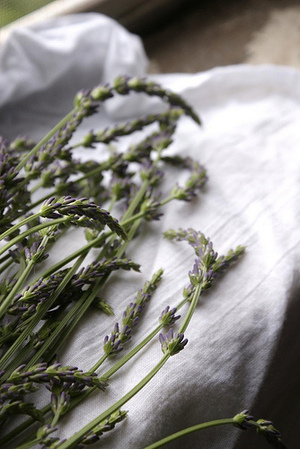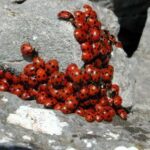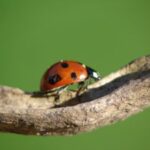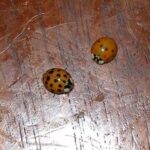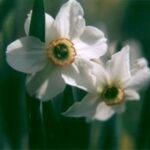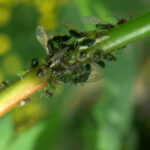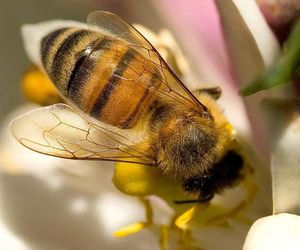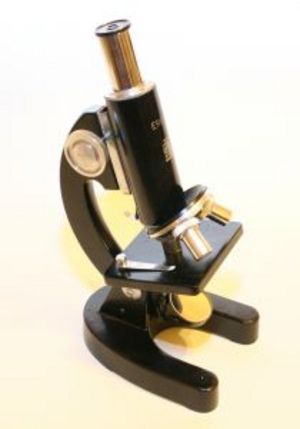Growing lavender is easy and rewarding. For gardeners, lavender’s fragrant blossoms will attract beneficial insects such as bees for pollination and ladybugs to eat unwanted pests such as aphids. For cooks, lavender’s aromatic flowers make wonderful additions to holiday cookies, lemonades and teas, and as edible garnishes for everything from salad to cakes. Drying lavender allows you to save this wonderful flower for later use.
While all lavenders are edible, they also all contain camphor, which can turn bitter in food. English Lavender, the breed with the least camphor, is the most common for cooking; but, with careful cooking, all lavenders are fine to use in food. One consideration in determining whether to eat your lavender or use it for ornamental purposes is the use of pesticides. Because lavender is a natural insect repellent to most harmful bugs, there’s no need to use pesticides; however, some growers do use these chemicals. If the lavender is from your garden, but near plants on which you’ve used pesticides, it’s best to not use that lavender for cooking, as it’s very difficult to remove the residue from the flowers. If you’re purchasing commercially-grown lavender, it’s also best to avoid using it for culinary purposes unless it’s specifically sold as “culinary grade.”
When to Harvest
Lavender’s gorgeous purple blooms are best for drying when they are almost completely open. Depending on your area of the country, this will commonly be anytime from late May (southern US) to late June (northern US). The flowers should be 3/4 of the way open down the length of the stalk for best harvest.
How to Harvest
Grab a handful of lavender stems in one hand, about three-quarters of the way down the stalk, just above the canopy of the rest of the plant. Using kitchen shears, simply cut the stems off just above your hand, and lay flat in a basket or on a tray while you harvest the remainder of the lavender.
How to Dry
Using twine or string, tie the ends of a fist full of lavender stems together fairly tightly, leaving extra string with which to hang the bundle. Use a simple not, as you will need to tighten the string during the drying process. Hang the bundle upside down in a dry, well-ventilated, shaded area. Drying time varies quite a bit depending on humidity in the air. If your house is air conditioned, or if it’s a dry season, the flowers may take only a few days to dry. If you live in an area of high humidity, it can take several weeks.
If you live in a dusty area, such as on a gravel road, or if you have furred pets, it is a good idea to drape a very light cloth, such a cheesecloth, gently over the flowers to keep them clean. The cloth should be draped very loosely, and should not be opaque.
How to Store
When the flowers are dry and brittle to the touch, it’s time to decide if you want to use them for cooking or for show. If you’re using them for ornamental reasons, put them into a plastic bag in a dark area until you are ready to use. To preserve color, you can also use a light coat of clear shalak or any of the special sprays designed for floral preservation. If you plan to use them for cooking, gently remove the blossoms from the stems with a gentle tug. Don’t pinch too hard or you’ll squash the blossoms. Store in an air-tight container, where they’ll last for 6 months to a year.
